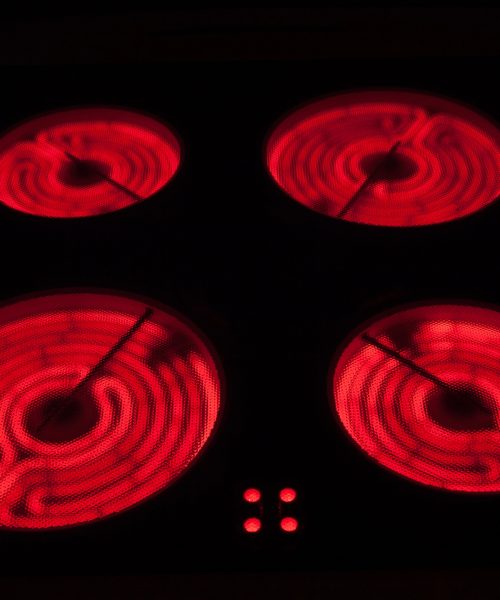If you have ever let a container of hardboiled eggs spoil or visited a volcano that is spewing lava and gas, you’ve likely taken a whiff of hydrogen sulfide. This colorless and flammable gas has a uniquely unpleasant rotten egg smell. However that nasty smell (and the gas it belongs to) could have a new use treating pesky infections.
Specifically, a team from the University of Bath and King’s College London believes that the gas could be used to treat difficult nail infections. In a study recently published in the journal Scientific Reports, a treatment made from hydrogen sulfide could heal nail infections faster and with fewer side effects than what’s currently on the market.
The nitty gritty of nail infections
Fungi and bacteria cause infections in the toenails and fingernails. One common nail infection, called paronychia, occurs when bacteria enters the skin through the cuticle or nail fold. Toenail fungus (sometimes called Onychomycosis) can make the toenails thick and yellow and occur when fungi get between the toenail and the tissue right underneath it.
These infections affect between four and 10 percent of the global population, rising to nearly half of those over the age of 70. These types of infections can lead to medical complications, especially in vulnerable groups including those with diabetes and the elderly. They are also notoriously difficult to treat with topical ointments and oral antifungals taken in pill form.
While oral antifungals are fairly effective, they can take around two to four months to actually get rid of the infection. Antifungal pills also carry risks in patients who are immunocompromised or have other underlying medical conditions.
Topical treatments that are applied right on the nail are safer, but can sometimes take years to work. These treatments can also frequently fail because it is difficult for the active ingredients to penetrate through the nail to the area where the infection resides.
Even the most effective of these topical treatments have fairly low cure rates, emphasizing the need for new approaches that are not only safe and effective, but can reach the microbes that are embedded deep within the nail.
Rotten egg gas to the rescue?
Hydrogen sulfide, a small and naturally occurring gas that is known for that “rotten egg” smell, offers a potential new treatment. Previous studies have shown that it can penetrate the nail plate more effectively than current topical drugs. This new research shows it also works well against several different nail pathogens, including some fungi that are resistant to common antifungal pills.
In lab tests, the team used a chemical that releases the hydrogen sulphide gas into the nail. The gas itself then disrupts the way that the microbes in the fungi produce energy. Once the microbes can’t get enough energy, they die along with the fungi. According to the team, this process efficiently reaches the infection at the source.
“We believe that a topically applied medicine containing hydrogen sulphide could become a highly effective new treatment for nail infections,” study co-author and University of Bath microbiologist Dr. Albert Bolhuis said in a statement. “Our research lays the foundation for a compelling alternative to existing treatments, with the potential to improve outcomes for patients suffering from persistent and drug-resistant fungal nail infections.”
Treatment down the road
While hydrogen sulphide does have some toxicity, the researchers believe that the amounts required to treat nail infections are well below toxicity levels and that the correct formulation will limit any unpleasant odours.
So far, the treatment has only been conducted in a lab, but the team hopes to develop a product for patient use in the next five years.
“We are looking forward to translating these findings into an innovative topical product that can treat nail infection,” added Stuart Jones, Director of the Centre for Pharmaceutical Medicine Research at King’s College London.






